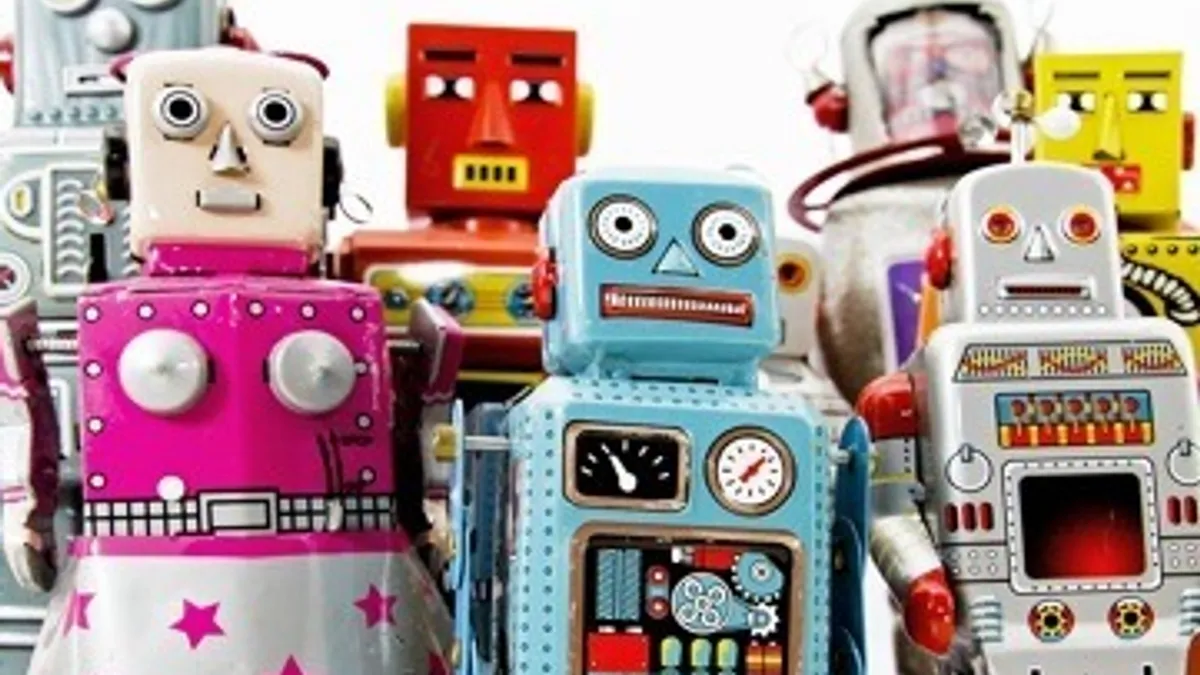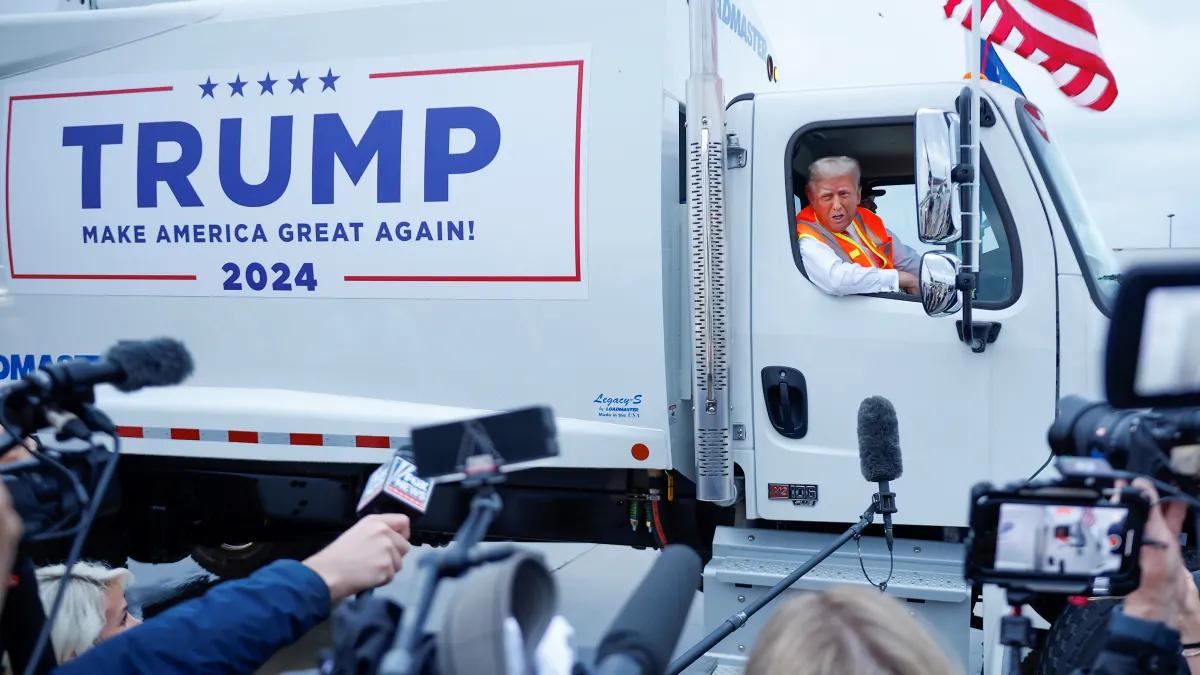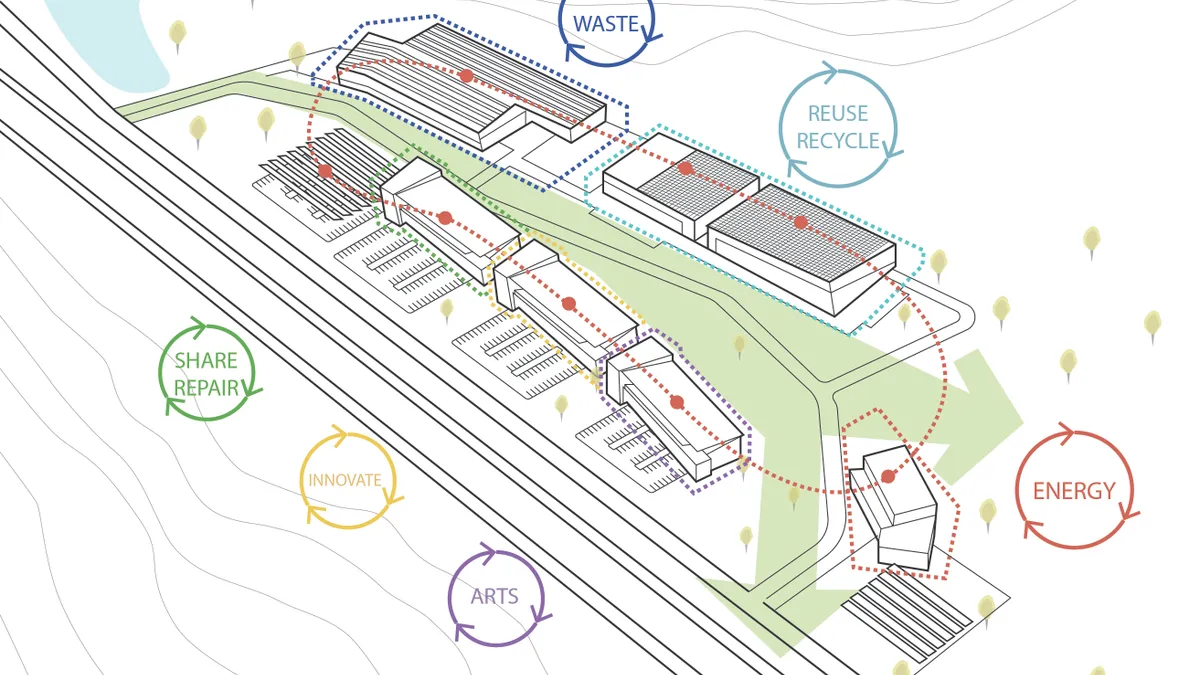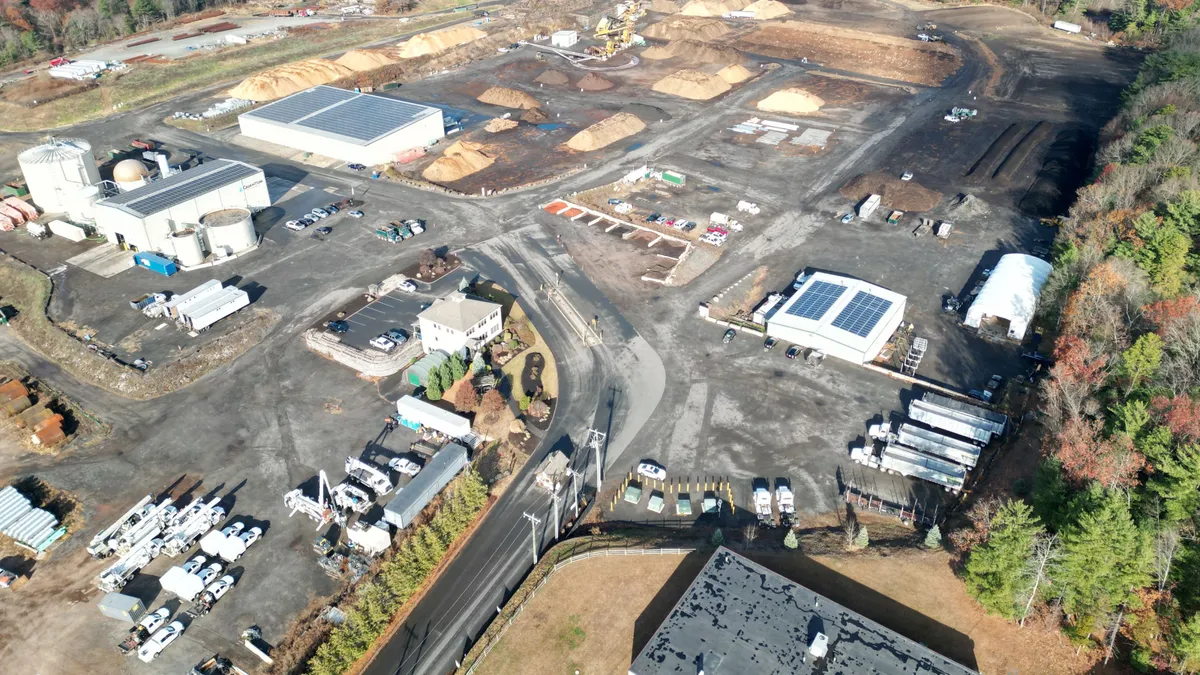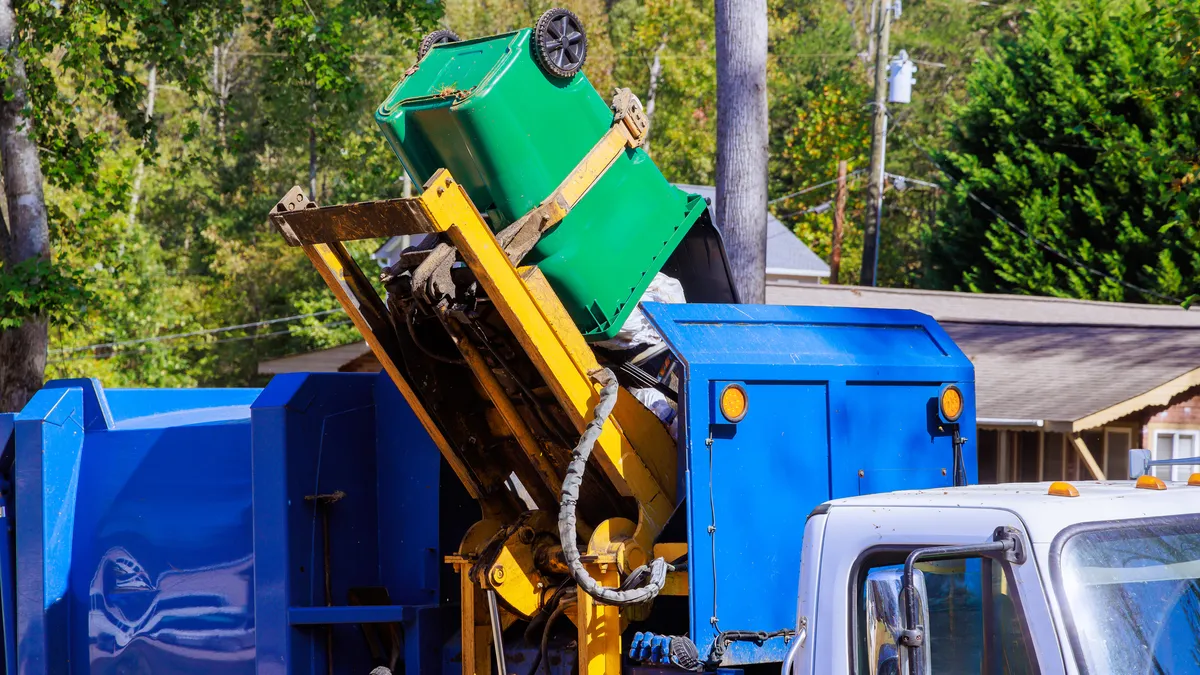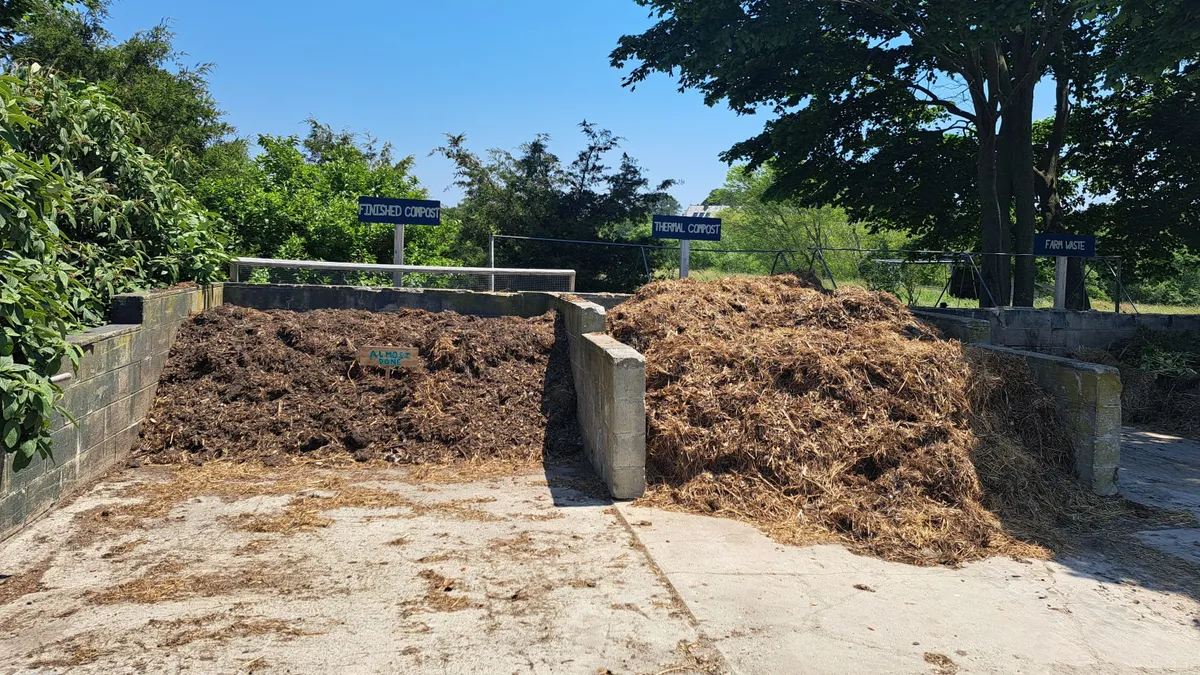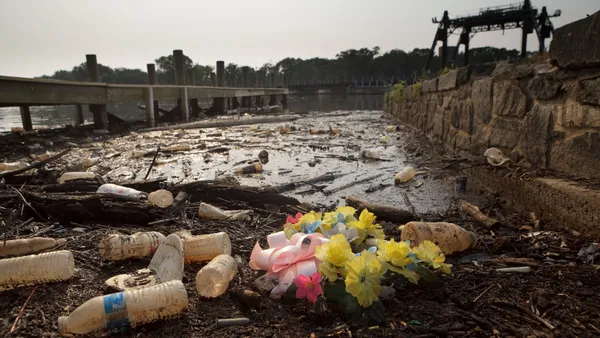From the front-line workers to the managers and executives, this industry depends on many smart and hardworking people to operate together toward similar goals. However, the industry also depends on research and developments to create solutions to existing problems. And many times, this research introduces new, non-human contenders to the playing field.
Of course these animals, insects, and inventions could not replace the people that make this industry what it is (OK, except for maybe robots...), but the advancements that they offer are all sure to create value in incomprehensible ways—and change the waste world as we know it.
Robots
For decades, we've heard warnings that robots will one day "take over our jobs" or "take over the world." As for the waste and recycling industry, this concept is already being proven.
Developments in robotics have drawn a significant level of innovation to the waste world—especially in the past year—allowing for assistance in collections, sortation, and recycling. In September, Volvo announced a project to develop robotic trash collectors in an effort to test new "transport solutions," according to Per-Lage Götvall, project leader for the Volvo Group. Then a few months later in February, the Robot-based Autonomous Refuse (ROAR) handling system had a world-wide debut.
"We predict a future with more automation," Götvall said in a statement. And he's not the only person who believes that this type of technology will transform the industry. Former Waste Management CIO Puneet Bhasin said that he can even foresee a future of driverless trash trucks, calling the idea "fascinating."
Most recently, tech giant Apple announced "Liam," a 29-armed robot that disassembles iPhones for recycling—an advancement that tech exec Kevin Weins told Reuters is important to imitate. "It's notable that they (Apple) are talking about this, but unless you get one of these robots inside every recycler in the world, it's not going to have an impact," he said.
Other robotic inventions, such as ZenRobotic's recycling sorter and TrashBot, a trash can with the ability to automatically separate waste from recyclables, suggest that the waste and recycling industry is in for an incredibly exciting future.
Geckos
If you want to save money on car insurance, you may switch to Geico. But if you want to save autoparts from being thrown into a landfill, you may begin to research the anatomy of geckos.
Currently, separating metal autoparts from foam is a huge challenge in recycling, especially among automotive companies like Ford. The glue that holds the parts together makes recycling nearly impossible, leaving metal and other recyclable materials to be sent to a landfill.
In the fall of 2015, Ford hosted a forum with Procter & Gamble and The Biomimicry Institute for researchers to learn about biomimicry, which is a process that "seeks sustainable solutions to human challenges by emulating nature's time-tested patterns and strategies," according to the Institute's website. Through the use of this process, Ford announced that it wants to research geckos' toe pads—which have the ability to stick to many surfaces without liquid or surface tension—to create gecko-inspired adhesives.
"Solving this problem could provide cost savings and certainly an environmental savings," said Debbie Mielewski, Ford senior technical leader for plastics and sustainability research, to Environmental Leader. "It means we could increase the recycling of more foam and plastics, and further reduce our environmental footprint."
Worms
"There's a possibility of really important research coming out of bizarre places," said Stanford Professor Craig Criddle when discussing how worms can have a significant impact on the waste industry. In September, Criddle and a team of researchers discovered how mealworms can help reduce the impact of Styrofoam on the environment.
Styrofoam has been a point of contention among recyclers and environmentalists for quite some time. While some believe that the material cannot be recycled and should be banned from municipalities, others believe that the product is highly recyclable with the correct processes and equipment. Despite which methods of Styrofoam disposal are correct, one thing is certain—the material is causing environmental harm.
Mealworms however have the ability to eat through Styrofoam, turning it into carbon dioxide and excreting biodegraded waste that is believed to be safe for crop soil. During a study, 100 mealworms ate between 34 and 39 milligrams of Styrofoam each day—a number that may not seem large, but could make a significant impact with more development.
Worms are also playing significant roles in composting efforts, namely one in Lincoln, NE. The city's Public Works and Utilities Department recently awarded $14,750 to the Nebraska Farmers Union for the "Big Red Worms" vermicomposting project. The project feeds "precomposted" organic matter to worms, which then turn the waste into vermicompost castings that can be used for gardens and specialty crop producers.
Bacteria
While some bacteria are tied to a negative connotation in relation to sickness and infections, bacteria can have an incredibly positive impact when combating trash. Recently, Japanese researchers discovered a bacteria called "ideonella sakaiensis" that eats PET, a polymer in plastics that is almost impossible to biodegrade. The strain was found to eventually break the material down into the two "building blocks" of PET, which can open up many doors for scientists and plastics recyclers.
"When we understand the underlying principals, then we can [potentially] improve the strain to make it better and faster," said German biochemist Uwe T. Bornscheuer to Fast Company. "We can take this information and the knowledge to put it into other micro-organisms, which we can engineer in the lab."
This recent development is not the first time that bacteria was found to assist in the waste industry. In 2012, researchers from University of Illinois and the University of Colombia provided evidence that bacteria can be used to clean soil at landfill sites, specifically in Medellín, Colombia.
"At one point, close to 50,000 people lived [at the landfill site]," said Jerry Sims, a University of Illinois associate professor. "They grew vegetables on the contaminated soil and hand-pumped drinking water out of the garbage hill."
For impoverished areas where this type of activity is common, such developments to keep landfill soil clean can be life-altering for hundreds of thousands of people and their families.
Vultures
In Peru's capital city of Lima, vultures have become the "dark superhero figures" of the waste industry, according to a video put together by the U.S. Agency for International Development (USAID) and Peru’s Ministry of Environment. In a city where waste is consistently dumped illegally—causing both health and environmental problems—these birds have stepped in to combat trash using armors of GoPros and GPS-tracking devices.
According to CityLab, Lima's population of 9 million produces 240,000 tons of trash each year, with a whopping 80% of it ending up on city streets. Therefore, with the help of USAID, the Ministry, Lima's national zoo, and a local university, 10 young vultures have been trained to track down large quantities of trash scattered throughout the city. The GoPros capture images of the waste piles, the tracking devices record locations of the waste, and the information is all uploaded onto a live map.
The agencies have used the project to encourage Lima's population to report and stop illegal dumping, and to encourage stakeholders to develop long-term solutions for the country's waste issue.
This initiative has inspired other cities to utilize birds when trying to collect data on the environment. In London, some pigeons have been fixed with tiny backpacks carrying air monitoring equipment that tweets data as it is recorded, allowing for more research in air quality problems.
And, overall, the concept of using different living species and inventions for environmental advancements is one that will likely expand more and more as years pass. As Criddle has said before, "Sometimes, science surprises us."



